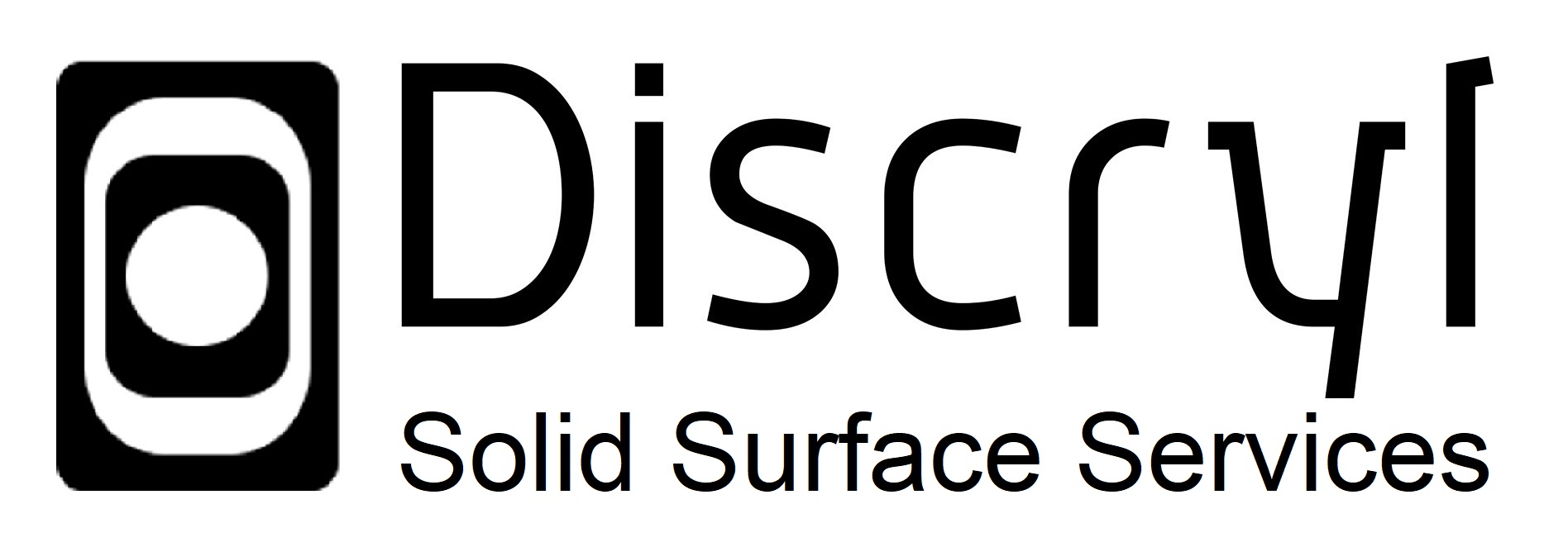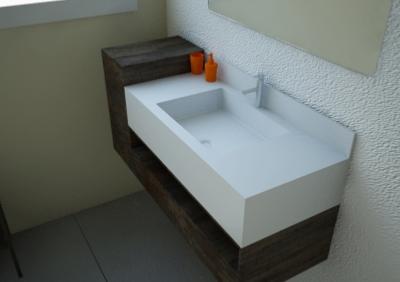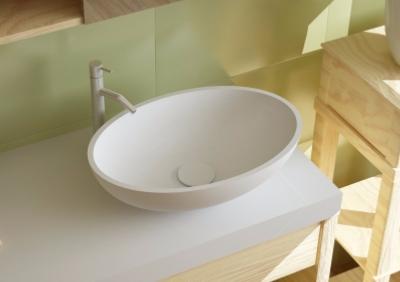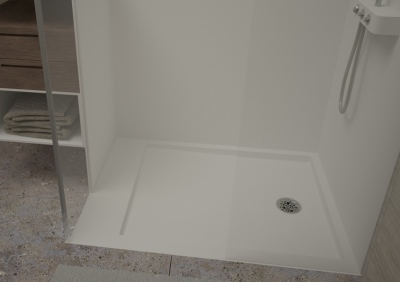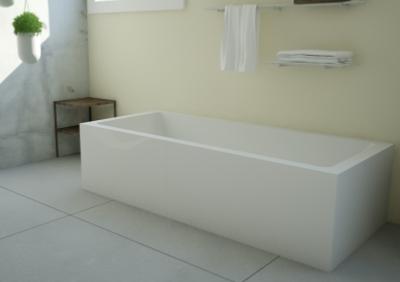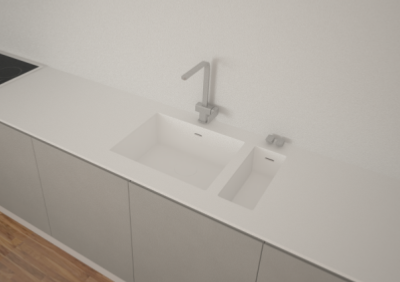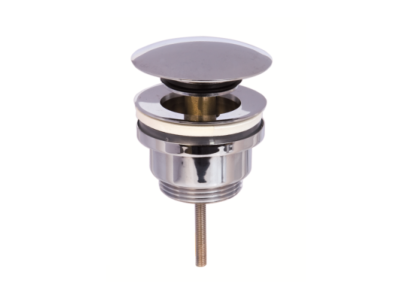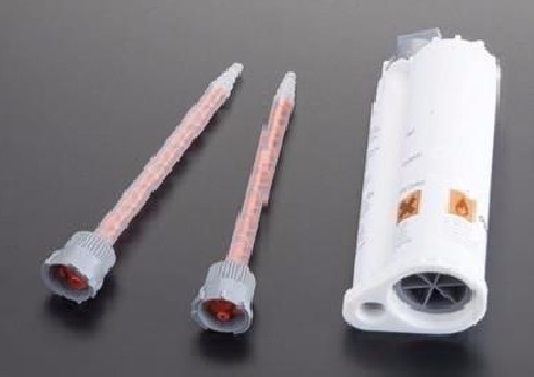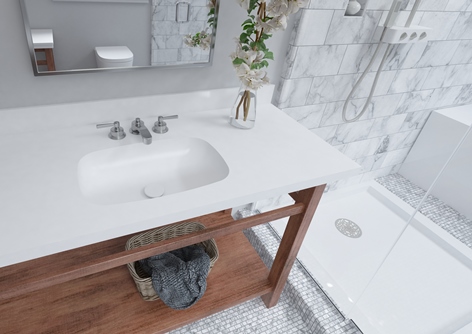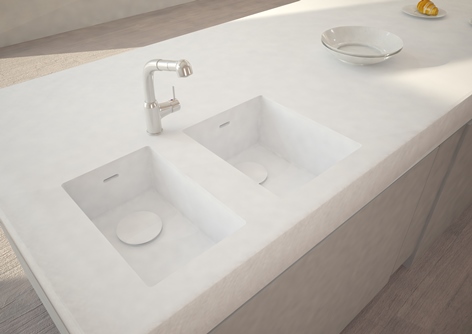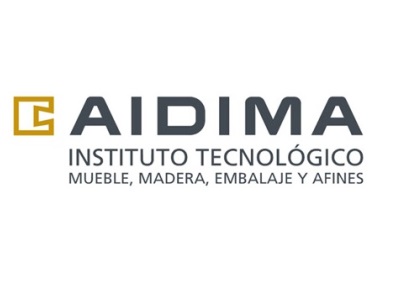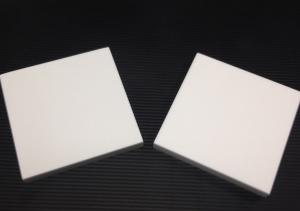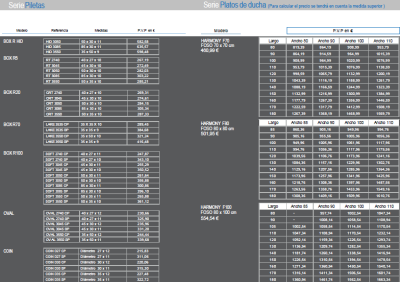MAINTENANCE INSTRUCTIONSThe superficial maintenance of a Solid surface is easy and quick either is a bath bowl, kitchen sink, shower tray, bathtub or any other item. The only requirements are to follow the next indications: Daily care Even tough solid surface is not a self-cleaning material, it keeps its original appearance through the years by just a simple daily cleaning. Soap and water, cleaning products with ammonia or common detergent are ideal products for the solid surface cleaning. In addition, the best cleaning products are the gel detergents or with micro abrasive particles, such products are capable of removing majority of spots and dirt which could be deposit over the surface. Solid surface is not a liquid absorber material but it is recommended to dry it out by using a dry cloth to eliminate drops and splashes. In order to remove stains or lime, use a damp cloth and a general degreaser such as Cif®, always rubbing in a circular motion. Prevention Usually, any damage in an area of Solid Surface, can be repaired easily, despite this, you must follow these simple steps to avoid damaging the surface irreversibly: Solid Surface offers good resistance against stains, however, exposure to harsh chemicals like acetone, solvents, strong acids is discouraged ... If any of these products come into contact with the surface, rinse immediately with water. Solid Surface has a high temperature resistance, nevertheless, as a preventive measure, always put a shield to deposit hot objects on the surface. It is important to avoid leaving extremely hot or incandescent objects over a Solid Surface, as it happens with another material, they may get marked or damaged. Some products such as dyes, cosmetics or paints, dyes can release substances on surfaces if the contact is maintained for a prolonged time. All these types of stains can be removed by following the steps detailed later. Cleaning and repair Any material used frequently, it is prompted to marks and small scratches, but as Solid Surface is an homogeneous material throughout its thickness and completely solid, restoring its original appearance is an easy task. This type of damage and stains generally mild to exposure to chemicals, burns or shock of low intensity, can be repaired easily using a cleaner with micro abrasive charge a cleaning sponge and Scotch-Brite®. If a surface on Solid Surface has been severely damaged, it may become necessary to sand it by following the next steeps - First try to repair using an abrasive cleanser and a kind of Scotch-Brite® sponge. Then hand polish the affected area. - If case of the above step not being enough, hand sand the surface with a fine grit sandpaper, for example, P400 suitable for wet and dry use. To reduce the amount of dust generated, moisten before repairing the area - If the above step would not have been enough, use a sanding machine and with a thicker grain sandpaper, for example because, P180. To reduce the amount of dust generated, moisten before repairing the area. Common cleaning method For ordinary cleaning Solid Surface part, surface is recommended to use creamy detergent, or powder, the type CIF® o VIM® containing microgranules, as these have the ability to generate a micro abrasion on the surface. Denatured ethyl alcohol can also be used if care to rinse the surface is taken. Do not use acetone or trichlorethylene type solvents or other chemicals that may be harsh environments such as strong acids (muriatic acid) or strong bases (caustic soda). For products on which their aggressiveness is unknown, it is advisable to test in an inconspicuous area before applying to the rest of surface Solid Surface. Avoid using substances commonly used to unclog sinks or solvents used in the painting industry. Specific cleaning methods Regarding the types of stains: For everyday cleaning. A-B-C Vinegar, coffee, tea, juice, vegetable, dyes, ketchup. A B C E Fat and oil residues. A B C D Water lime, soap, minerals. A-B-F Pollen, tumeric, superficial scratches, cigarette burns, shoe polish, ink, marker. A B C E Blood, wine, colognes and perfumes. A B C D E Nail polish stains. A-B-C-G Iron or oxidation. A-B-C-H Iodo fungus. A B C E A - Remove stains with soft cloth. B - Rinse the surface with hot water and dry with soft cloth. C - Apply cream slightly abrasive as CIF with a damp cloth. D - Rub the stain with an abrasive pad such as Scotch Brite (better a little tired). E - Rub the stain with an abrasive sponge and a little bleach. Rinse several times with warm water and dry with soft cloth. F - Rub the stain with an abrasive sponge and domestic product to remove lime (Viakal). Rinse several times with warm water and dry with soft cloth. G - Rub the stain with an abrasive sponge with detergent with acetone. H - Rinse several times with warm water and dry with soft cloth. If after following these tips and make all these indications, the stain or damage persists on its surface of Solid Surface, email us at info@discryl.net with a brief explanation of what happened, attaching one or more photos and we will contact you back in order to find the best solution to your problem. |
